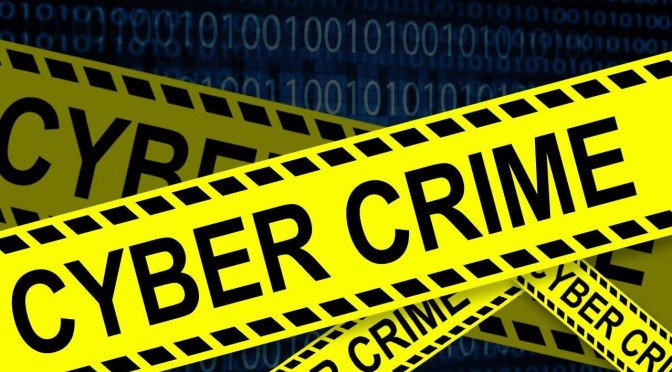Different ways to anticipate possible fraud scenarios
Several types of fraud are inevitable for most business; this is a reality that many organizations have refused to admit. The truth is those malicious actors, whether extern or members of the organization are always lurking around the critical systems of a company, and whenever they have the slightest chance to exploit any vulnerability or bypass security systems, they will do so.
The various types of fraud persist, and frankly, it is not realistic to believe that companies can take measures that eradicate it definitively. But combating fraud does not have to be an unproductive task. Cybersecurity and digital forensics specialists from the International Institute of Cyber Security bring you three useful tips to help companies fight fraud, specifically cyber fraud:
Think like a malicious actor
Antifraud systems may be effective, but they will not stop a criminal. The main challenge is to anticipate the opponent’s next move. To be able to get into an adversary’s head, cybersecurity and digital forensics professionals should consider what motivates malicious hackers and what their goals might be in the organization. Threat actors are always looking for similar things: payment card data, personal identifying information, log in credentials, and other types of data and sensitive personal information.
It is also necessary to consider the methods that scammers use to hinder existing controls to access an organization’s systems. Two-factor authentication (2FA) can protect payment card data but what about other forms of electronic payment such as gift cards? Generally, this type of electronic assets does not have antifraud protection such as bank cards, which makes them an easy target for the cybercriminals. Research by specialists in digital forensics conclude that, in recent years, the number of illicit transactions related to electronic assets and gift cards has been increasing.
Thinking like a fraud actor means considering all the options available to an attacker and admitting that certain systems or processes may have deficiencies. Identifying any weakness in existing antifraud programs can help companies to be better prepared for the worst of scenarios.
Monitor criminal forums in deep and dark web
Thinking like a criminal is just a part of the strategy. To anticipate a possible cyber fraud accurately, it is important to have an idea of the issues that are trendy among the cybercrime community. Not every organization considers this scenario, but it is important to have trusted people who are aware of today’s deep and dark web.
Some forums of deep and dark web focus on fraud, and in these forums, certain trends arise. For example, discussions related to the weak antifraud controls of online payment systems eventually manifested themselves empirically in more payment card frauds.
The monitoring of deep and dark web can be one of the main sources of information on the new tactics and schemes of fraud used. But since access to these challenging and risky online communities, it is necessary for organizations to work with experts on the subject, avoiding security risks due to the nature of the information and the content that is handled in deep and dark web.
Determine possible links
Many experts in digital forensics have linked different types of fraud with certain geographic regions, forcing companies to make a great effort to better understand new schemes and tactics of fraud. This helps to establish causal relationships between the linguistic or cultural characteristics of a particular region with a certain type of specific fraud.
But in recent years, new communities of cybercriminals have emerged rapidly in many more regions. Latin America is one of those examples. While scammers in Latin America were considered unsophisticated, disorganized, and unlikely to represent a real threat, these communities have evolved substantially. Many companies that previously had no reason to monitor the cybercriminals in this region of the world now strive to understand and combat the threats caused by scammers in Latin America. As threats and indicators can vary substantially in different regions and communities, monitoring these variations and new developments is a necessity for companies and anti-fraud teams.

Working as a cyber security solutions architect, Alisa focuses on application and network security. Before joining us she held a cyber security researcher positions within a variety of cyber security start-ups. She also experience in different industry domains like finance, healthcare and consumer products.












